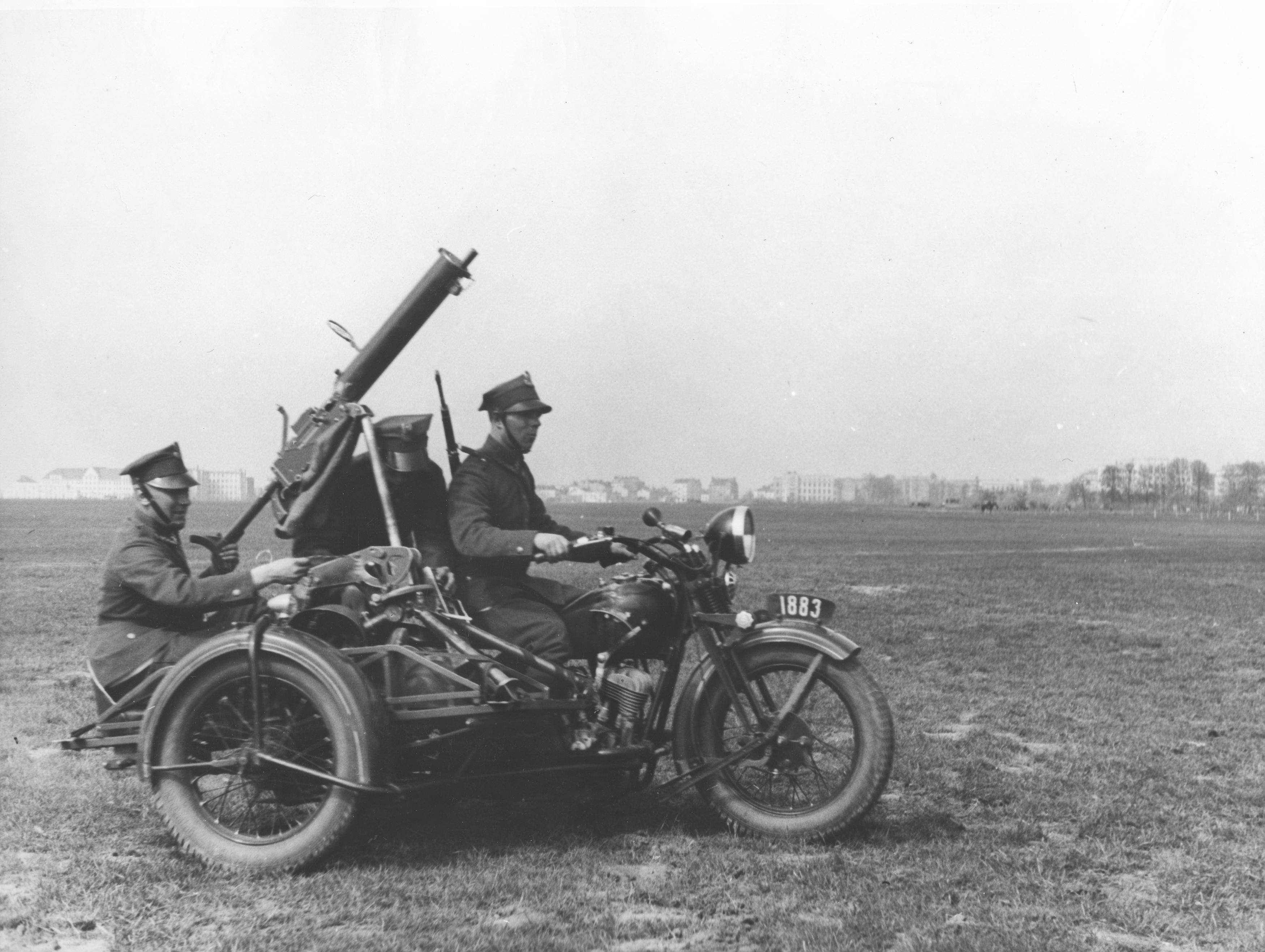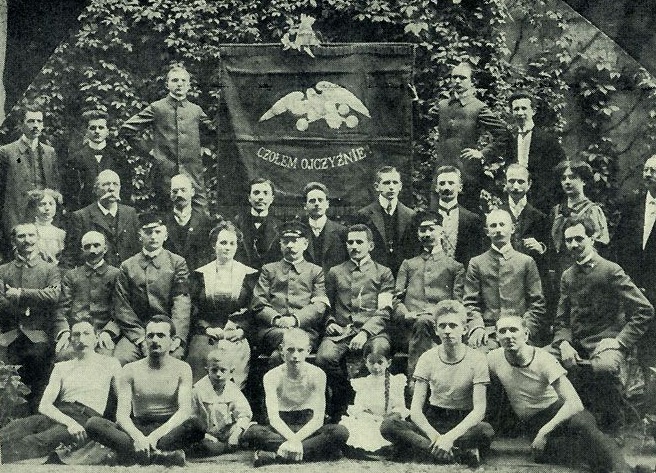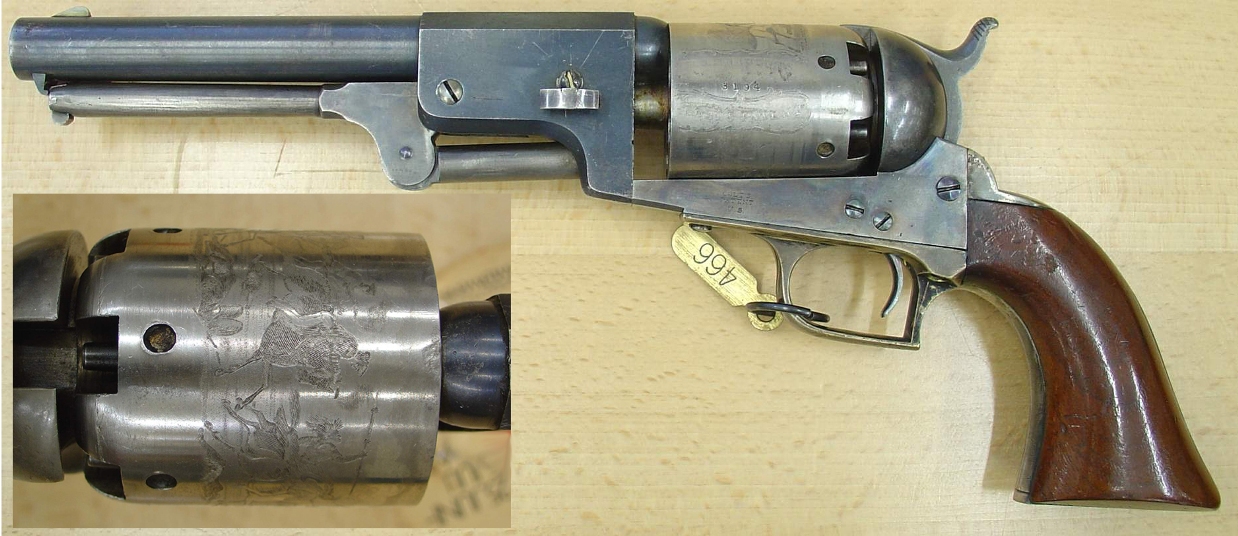|
Ckm Wz.30
Ckm wz. 30 (short for ''ciężki karabin maszynowy wz. 30''; "heavy machine gun 1930 Pattern") is a Polish-made clone of the American Browning M1917 heavy machine gun. Produced with various modifications such as greater caliber, longer barrel and adjustable sighting device, it was an improved although unlicensed copy of its predecessor, and was the standard machine gun of the Polish Army from 1931.Erenfeicht, Leszek (2013). ''Ckm wz.1930'' Design and development After Poland regained her independence in 1918, her armed forces were armed with a variety of different weapons, mostly a legacy of the armies of her former occupying powers. As with its rifles and carbines, the machine guns used by the Polish Army in the Polish–Soviet War included the Russian 7.62 mm M1910 Maxim, the Austrian 1907 8 mm Schwarzlose MG M.07/12, the German 7.92 mm Maschinengewehr 08, and the French 8 mm Hotchkiss Mle 1914. Such diversity was a logistical nightmare, and in the early ... [...More Info...] [...Related Items...] OR: [Wikipedia] [Google] [Baidu] |
Heavy Machine Gun
A heavy machine gun (HMG) is significantly larger than light machine gun, light, medium machine gun, medium or general-purpose machine guns. HMGs are typically too heavy to be man-portable (carried by one person) and require weapon mount, mounting onto a weapons platform to be operably stable or tactically mobility (military), mobile, have more formidable firepower, and generally Crew-served weapon, require a team of personnel for operation and maintenance. There are two generally recognized classes of weapons identified as HMGs. The first are weapons from World War I identified as "heavy" due to the weight and cumbersomeness of the weapons themselves, which prevents infantrymen from transporting on foot, such as the M1917 Browning machine gun. The second are large-caliber (12.7×99mm, 12.7×108mm, 14.5×114mm, or larger) machine guns, pioneered by John Browning with the M2 machine gun, designed to provide increased effective range, penetration (weapons), penetration and stopping ... [...More Info...] [...Related Items...] OR: [Wikipedia] [Google] [Baidu] |
Schwarzlose Machine Gun
The Maschinengewehr (Schwarzlose) M. 7, also known as the Schwarzlose MG, is a medium machine-gun, used as a standard issue firearm in the Austro-Hungarian Army throughout World War I. It was utilized by the Dutch, Greek and Hungarian armies during World War II. It was routinely issued to Italian colonial troops, alongside the Mannlicher M1895 rifle. The primary producers were the ŒWG in Steyr, and FÉG in Budapest. History The Schwarzlose M. 7 was a belt-fed machine gun, usually mounted on a tripod, designed by the Prussian firearms designer Andreas Schwarzlose. While its water-cooled barrel gave it an appearance broadly resembling the family of Maxim-derived machine-guns (such as the British Vickers and the German Maschinengewehr 08), internally the Schwarzlose was of a much simpler design, which made the weapon comparatively inexpensive to manufacture. Its unusual delayed blowback mechanism contained only a single spring. The initial variants of the M.7/12 had a c ... [...More Info...] [...Related Items...] OR: [Wikipedia] [Google] [Baidu] |
Iron Sights
Iron sights are a system of physical alignment markers (usually made of metallic material) used as a sighting device to assist the accurate aiming of ranged weapons (such as a firearm, airgun, crossbow or even compound bow), or less commonly as a primitive finder sight for optical telescopes. The earliest sighting device, it relies completely on the viewer's naked eye (mostly under ambient lighting), and is distinctly different to optical sights such as telescopic sights, reflector (reflex) sights, holographic sights and laser sights, which make use of optical manipulation and/or active illumination, as well as the newer optoelectronics, which use digital imaging and even incorporate augmented reality. Iron sights are typically composed of two components mounted perpendicularly above the weapon's bore axis: a rear sight nearer (or ''proximally'') to the shooter's eye, and a front sight farther forward (or ''distally'') near the muzzle. During aiming, the shooter aligns h ... [...More Info...] [...Related Items...] OR: [Wikipedia] [Google] [Baidu] |
Warsaw Uprising By Bukowski - Machine Gun - 76
Warsaw ( pl, Warszawa, ), officially the Capital City of Warsaw,, abbreviation: ''m.st. Warszawa'' is the capital and largest city of Poland. The metropolis stands on the River Vistula in east-central Poland, and its population is officially estimated at 1.86 million residents within a greater metropolitan area of 3.1 million residents, which makes Warsaw the 7th most-populous city in the European Union. The city area measures and comprises 18 districts, while the metropolitan area covers . Warsaw is an Alpha global city, a major cultural, political and economic hub, and the country's seat of government. Warsaw traces its origins to a small fishing town in Masovia. The city rose to prominence in the late 16th century, when Sigismund III decided to move the Polish capital and his royal court from Kraków. Warsaw served as the de facto capital of the Polish–Lithuanian Commonwealth until 1795, and subsequently as the seat of Napoleon's Duchy of Warsaw. The 19th ... [...More Info...] [...Related Items...] OR: [Wikipedia] [Google] [Baidu] |
Sokół 1000 Z CKM Przeciwlotniczym
Sokół (, English: Falcon), or in full the Polskie Towarzystwo Gimnastyczne "Sokół" ( en, "Falcon" Polish Gymnastic Society), is the Polish offshoot of the Czech Sokol movement, and the oldest youth movement organization of Poland. Created in Lwów in 1867, by the end of World War I the movement had its units – ''gniazda'' ("Nests") – in all parts of Poland, as well as among the Polish communities abroad. The group's goal was to develop fitness, both physically and mentally, with a motto ''mens sana in corpore sano'' ("a fit spirit in a fit body"). History Sokół was formed February 7, 1867 in Lwów, then a capital of Austro-Hungarian Galicia. The basic aims of the society were promotion of gymnastics and national revival in all parts of partitioned Poland. In 1885 the first chairman, Józef Millert managed to convince the German authorities to allow for Sokół "nests" to be formed in German-held parts of Poland. After the Revolution of 1905 the Sokół ex ... [...More Info...] [...Related Items...] OR: [Wikipedia] [Google] [Baidu] |
Fabryka Karabinow
Państwowa Fabryka Karabinów ( en, State Rifle Factory, often abbreviated FK) was a Polish arms manufacturer active between the two World Wars. Founded in 1919 as the successor to the pre-World War I Gerlach i Pulst company, Fabryka Karabinów became part of the state-owned Państwowe Wytwórnie Uzbrojenia conglomerate in 1927. It was a sister company to Łucznik Arms Factory, the Munitions Factory of Skarżysko, and several others. By the end of the 1930s, Fabryka Karabinów was one of the largest arms producers of Poland. It was destroyed during World War II. Nationalized after the war and with a new focus on civilian precision tools, it was renamed as VIS after 1989, but liquidated in the early 21st century. History The company was started in the mid-19th century by Wilhelm Gerlach, one of the heirs of the Gerlach family of entrepreneurs, owners of – among others – the largest cutlery factory in Poland. By 1886 the small workshop at Srebrna Street in Warsaw was i ... [...More Info...] [...Related Items...] OR: [Wikipedia] [Google] [Baidu] |
FN Herstal
Fabrique Nationale Herstal (), trading as FN Herstal and often referred to as Fabrique Nationale or simply FN, is a leading firearms manufacturer based in Herstal, Belgium. It is currently the largest exporter of military small arms in Europe. FN Herstal is owned by the Herstal Group holding company, which is in turn owned by the regional government of Wallonia. The Herstal Group also owns the Browning Arms Company and the U.S. Repeating Arms Company (Winchester). FN America is the U.S. subsidiary of FN Herstal, which was formed by the merger of FN's previous two American subsidiaries – FN Manufacturing and FNH USA. A United Kingdom based manufacturing facility, FNH UK, is also in operation. Firearms designed and/or manufactured by FN include the Browning Hi-Power and Five-seven pistols, the FAL, FNC, F2000 and SCAR rifles, the P90 submachine gun, the M2 Browning, MAG, Minimi and the FN Evolys machine guns; all have been commercially successful.Miller, David (2001). ''T ... [...More Info...] [...Related Items...] OR: [Wikipedia] [Google] [Baidu] |
Browning Wz
Browning may refer to: Arts and entertainment * The Browning, an American electronicore band * ''Browning'', a set of variations by the composer William Byrd Places * Browning, Georgia, USA * Browning, Illinois, USA * Browning, Missouri, USA * Browning, Montana, USA * Browning, Texas, an unincorporated community in Smith County, Texas, USA * Browning, Wisconsin, USA * Browning, Saskatchewan, Canada * Rural Municipality of Browning No. 34, Saskatchewan, Canada, a rural municipality * 25851 Browning, a minor planet People * Browning (name) Science and technology * Browning machine gun (other), a family of guns * Browning Arms Company, initially marketing the sporting designs of John Browning * , a coaster Food * Browning (partial cooking), the cooking process that removes excessive fat from meat and changes its color to a light brown ** Gravy browning, a substance used to darken and flavour gravies, soups etc. * Food browning, chemical reactions affecting foods ... [...More Info...] [...Related Items...] OR: [Wikipedia] [Google] [Baidu] |
Vickers Machine Gun
The Vickers machine gun or Vickers gun is a Water cooling, water-cooled .303 British (7.7 mm) machine gun produced by Vickers Limited, originally for the British Army. The gun was operated by a three-man crew but typically required more men to move and operate it: one fired, one fed the ammunition, the others helped to carry the weapon, its ammunition, and spare parts. It was in service from before the First World War until the 1960s, with air-cooled versions of it on many Allies of World War I, Allied World War I fighter aircraft. The weapon had a reputation for great solidity and reliability. Ian V. Hogg, in ''Weapons & War Machines'', describes an action that took place in August 1916, during which the British 100th Company of the Machine Gun Corps fired their ten Vickers guns to deliver sustained fire for twelve hours. Using 100 barrels, they fired a million rounds without breakdowns. "It was this absolute foolproof reliability which endeared the Vickers to every Britis ... [...More Info...] [...Related Items...] OR: [Wikipedia] [Google] [Baidu] |
Czechoslovakia
, rue, Чеськословеньско, , yi, טשעכאסלאוואקיי, , common_name = Czechoslovakia , life_span = 1918–19391945–1992 , p1 = Austria-Hungary , image_p1 = , s1 = Czech Republic , flag_s1 = Flag of the Czech Republic.svg , s2 = Slovakia , flag_s2 = Flag of Slovakia.svg , image_flag = Flag of Czechoslovakia.svg , flag = Flag of Czechoslovakia , flag_type = Flag(1920–1992) , flag_border = Flag of Czechoslovakia , image_coat = Middle coat of arms of Czechoslovakia.svg , symbol_type = Middle coat of arms(1918–1938 and 1945–1961) , image_map = Czechoslovakia location map.svg , image_map_caption = Czechoslovakia during the interwar period and the Cold War , national_motto = , anthems = ... [...More Info...] [...Related Items...] OR: [Wikipedia] [Google] [Baidu] |
Colt's Manufacturing Company
Colt's Manufacturing Company, LLC (CMC, formerly Colt's Patent Firearms Manufacturing Company) is an American firearms manufacturer, founded in 1855 by Samuel Colt and is now a subsidiary of Czech holding company Colt CZ Group. It is the successor corporation to Colt's earlier firearms-making efforts, which started in 1836. Colt is known for the engineering, production, and marketing of firearms, most especially between the 1850s and World War I, when it was a dominating force in its industry and a seminal influence on manufacturing technology. Colt's earliest designs played a major role in the popularization of the revolver and the shift away from earlier single-shot pistols. Although Samuel Colt did not invent the revolver concept, his designs resulted in the first very successful ones. The most famous Colt products include the Colt Walker, made in 1847 in the facilities of Eli Whitney Jr., the Colt Single Action Army or Peacemaker, the Colt Python, and the Colt M1911 pist ... [...More Info...] [...Related Items...] OR: [Wikipedia] [Google] [Baidu] |







.jpg)
